Finding the perfect milk for your milk frother can make the difference between a mediocre cappuccino and one that reminds you of your favorite coffee bar. Not all types of milk froth equally well, and some can even affect the success of your latte art. In this blog, we dive into the world of milk types and provide tips on which work best and least in a milk frother.
Traditional Cow's Milk: Ideal milk for milk frother
Whole milk froths excellently due to the optimal balance between fat and proteins, resulting in rich and creamy foam. It is the go-to choice for many baristas.
For more information about milk nutrition facts, read more here.
Skim and semi-skimmed milk can also be frothed, but the foam will be lighter and less creamy. These types of milk are a good option for those who want to consume less fat and are looking for the best milk for a milk frother with less fat.
Plant-Based Milk Alternatives
Plant-based milks vary greatly in their frothing capabilities, depending on their base components and the presence of additives like emulsifiers and stabilizers that help with foaming.
Almond milk is popular for its subtle flavor, but it does not froth as well as other milk types. For the best results, look for brands specially designed for baristas, such as Alpro Barista or Califia Farms Barista Blend.
Soy milk is one of the best plant-based options for frothing, thanks to its high protein content comparable to cow's milk. Barista versions like Alpro Soya For Professionals are also recommended for optimal foam. This makes it an ideal milk for your milk frother.
Oat milk has recently gained popularity in the coffee world due to its ability to froth well and its naturally sweet taste. Oatly Barista Edition and Minor Figures Oat M*lk are excellent choices.
Coconut milk can also be frothed, but the result is often less consistent. However, it is a favorite for tropical-inspired coffee drinks.
Less Suitable Milk Types
Rice milk is generally less suitable as the best milk for milk frothers due to its low protein and fat content. The foam can be quite watery and collapse quickly.
Cashew and macadamia milk are naturally deliciously creamy, but their low protein content makes the foam less stable.
Tips for Frothing Milk
- Temperature: Colder milk froths better. Start with milk straight from the fridge for the best milk frother results.
- Freshness: Fresh milk froths better than milk that has been open for a while.
- Cleaning: Make sure your milk frother is clean. Milk residues can affect performance.
- Experiment: Not all brands of a certain type of milk work the same. Try different brands to see which works best with your milk frother.
Conclusion: Conclusion: Choosing the best milk for your milk frother
Choosing the right milk for your milk frother can significantly enhance your coffee experience at home. Whether you prefer cow's milk or a plant-based alternative, there are plenty of options to create excellent milk foam. Remember that the key to success lies not only in the type of milk but also in the technique and the quality of the milk frother. Experiment with different types and brands to find your perfect match and enjoy barista-worthy coffee in the comfort of your own kitchen.

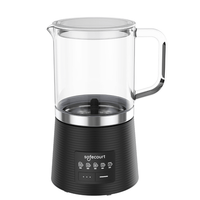
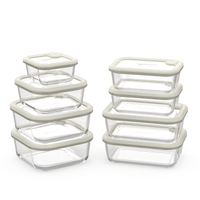
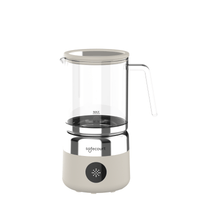
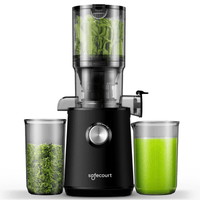
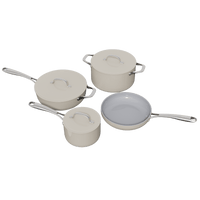
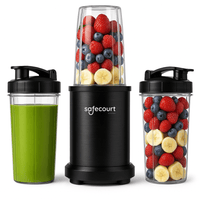
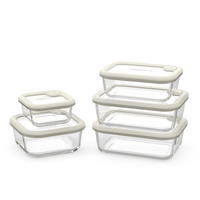
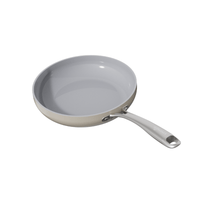


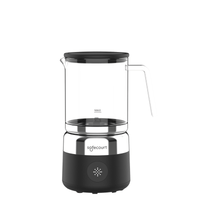
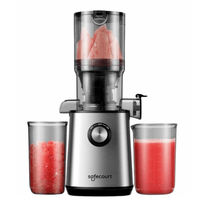


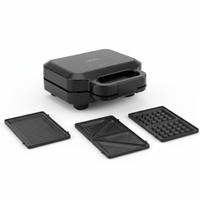
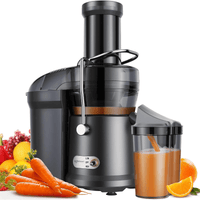
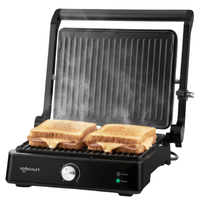
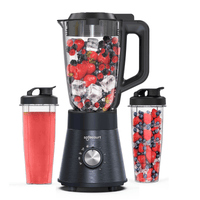

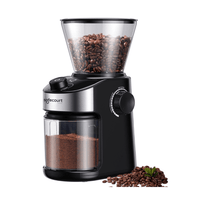
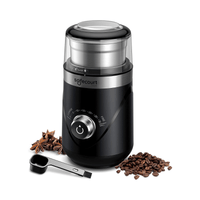
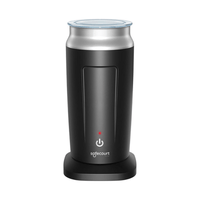

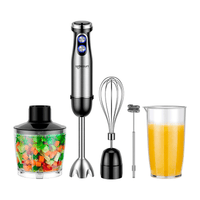



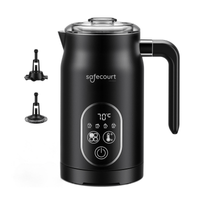
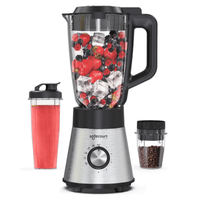
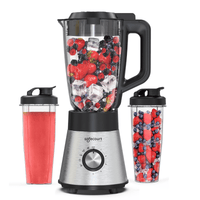
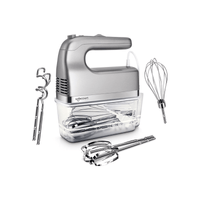
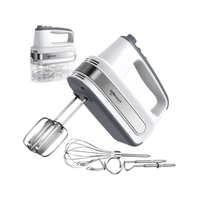
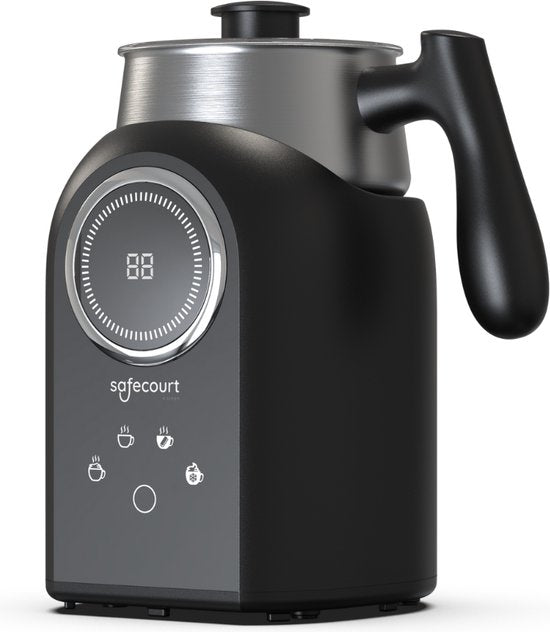
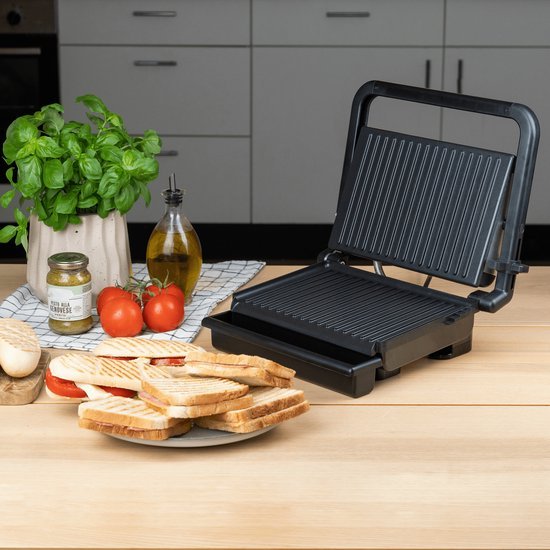
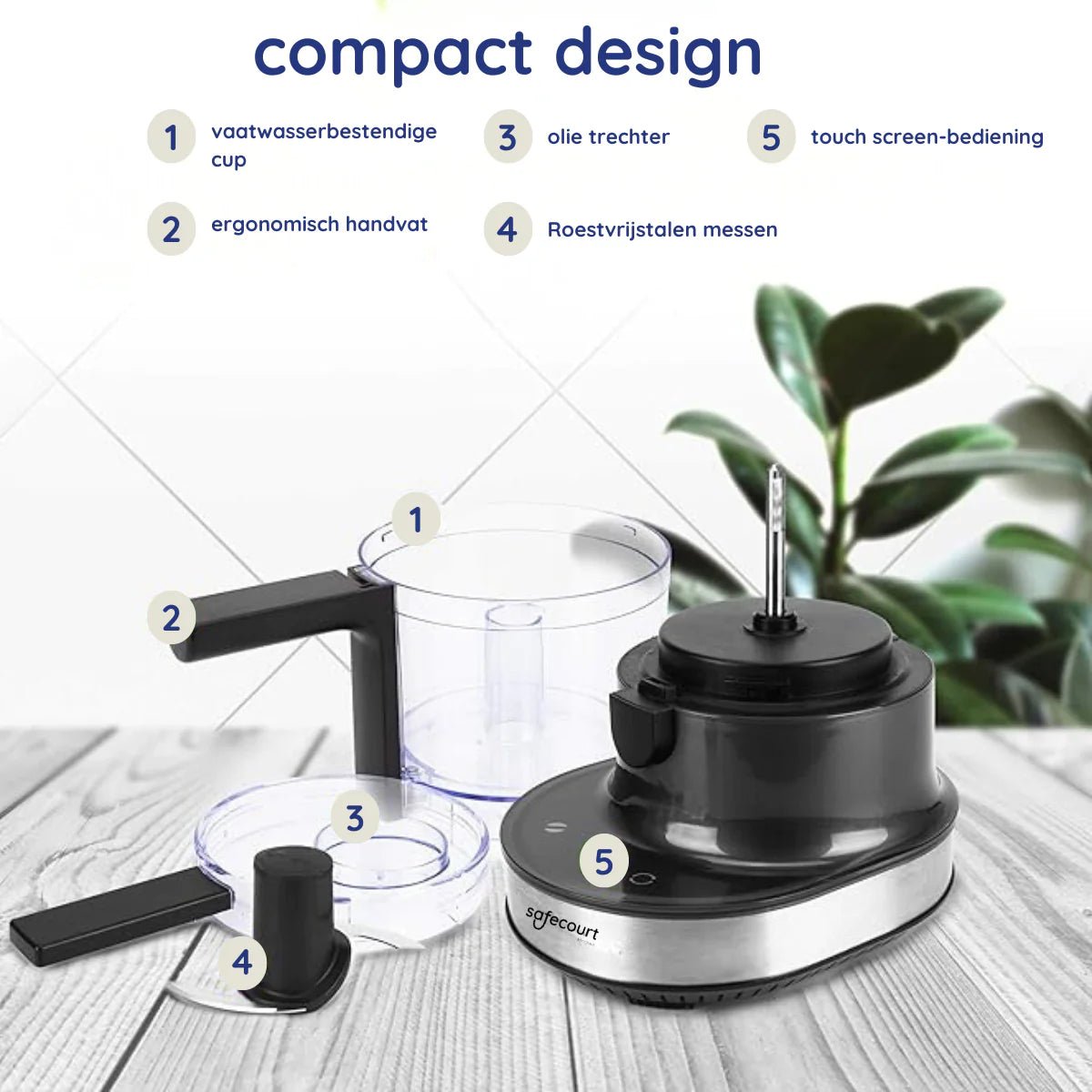
Leave a comment
This site is protected by hCaptcha and the hCaptcha Privacy Policy and Terms of Service apply.